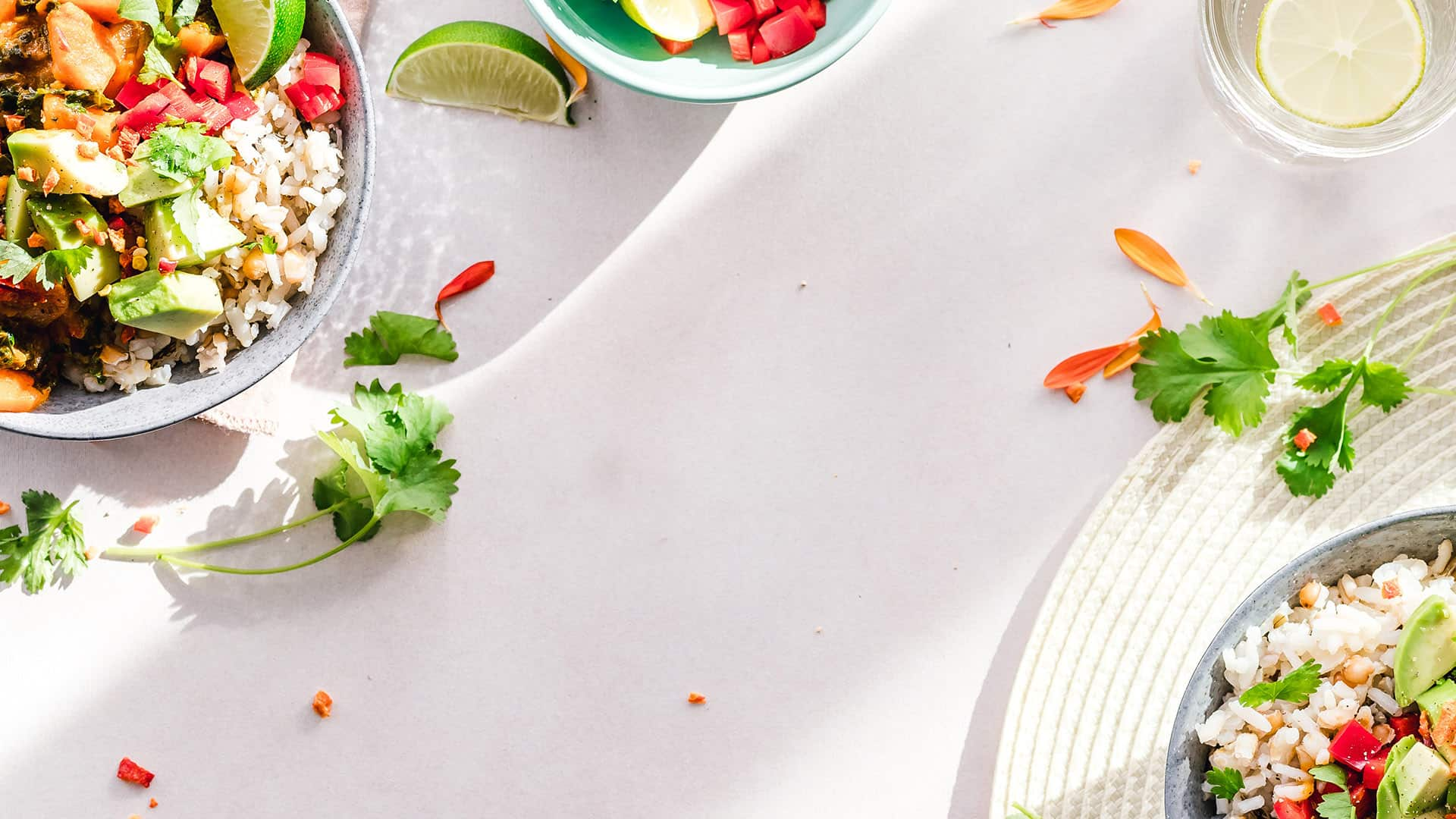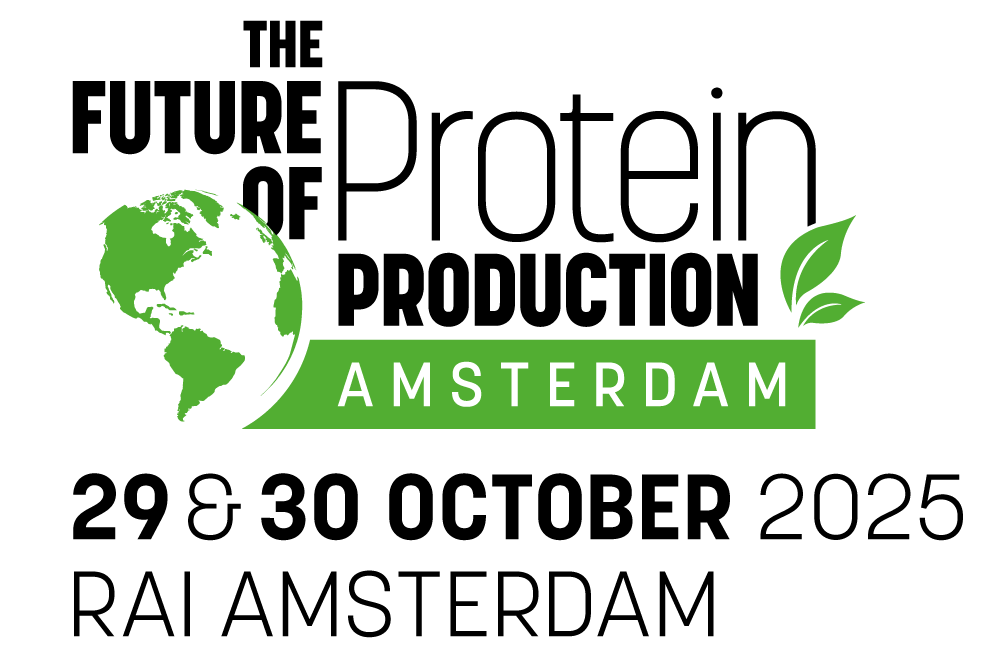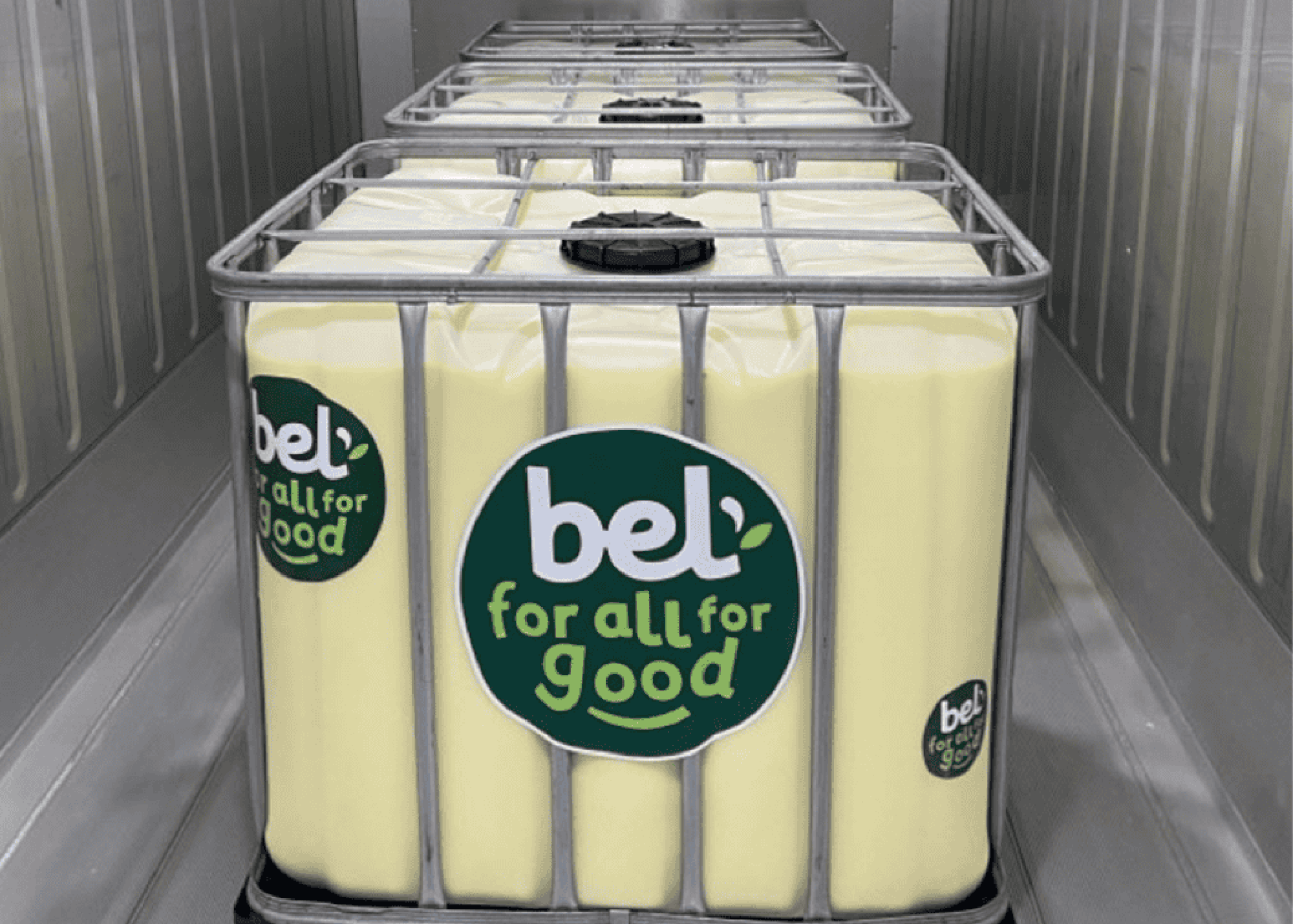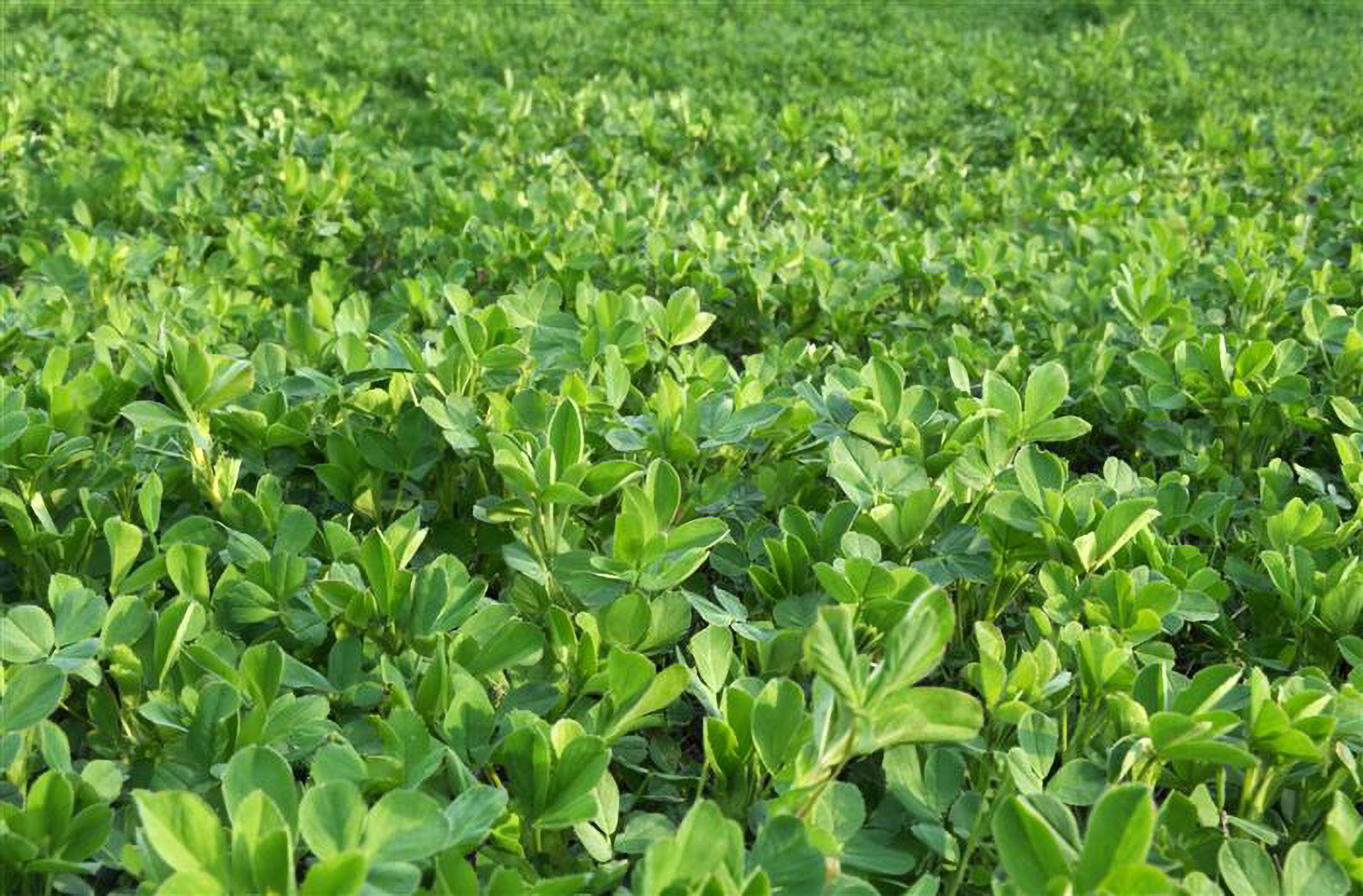

FPP Amsterdam 2025 Speaker Interview: Guilhem Jamin on the need to build a broader protein toolbox
As global protein demand accelerates, Cargill is rethinking how meat, plants, and microbes can coexist in a single supply chain. Guilhem Jamin explains how the company is using partnerships, process innovation, and regenerative farming to turn diversification into a strategy for scale
Cargill has spent more than a century feeding the world at scale. Grain, feed, and meat move through its global network with industrial precision. But listen closely to how Guilhem Jamin, M&DA Category & Portfolio Solutions Director at Cargill, describes the company’s direction, and the message is shifting. The goal isn’t to abandon animal protein. It’s to diversify – to design a protein system that draws strength from both animal and non-animal sources, and to use Cargill’s reach to make that system viable at scale.

For Jamin, the story starts with numbers. Global protein demand is expected to rise sharply over the next three decades. At the same time, consumer habits are changing fast. Around a third of people now identify as 'flexitarian' – balancing meat and non-meat proteins in their diets – and that shift is reshaping how food companies think about supply chains. “We don’t see a one-size-fits-all solution,” he says. “We need a diversity of proteins that meet expectations for taste, nutrition, and affordability, but that are also sustainable.”
From feed to fermentation
Cargill’s move into alternative proteins isn’t a sudden pivot but a gradual broadening. The company partners with PURIS in the USA to produce pea protein at scale, and with ENOUGH to introduce Abunda mycoprotein, a biomass fermentation ingredient rich in fiber and protein. These aren’t small pilot projects; they’re steps toward building infrastructure for new kinds of protein production.
We don’t see a one-size-fits-all solution. The future will be about diversity of proteins that meet expectations for taste, nutrition, and affordability, but that are also sustainable
The logic is pragmatic. Cargill remains one of the world’s largest animal protein producers, and that business isn’t going away. But alongside it, Jamin says, the company is layering in technologies and practices that make the wider system more sustainable. He points to programs aimed at reducing methane emissions from animal agriculture and to Cargill Regen Connect in Europe, which helps farmers adopt cover cropping and reduced tillage to sequester carbon. “It’s about delivering long-term change,” he explains. “Helping farmers improve their livelihoods while improving sustainability across the value chain.”
It’s a systems-level view: fix both the pipeline and the product. Animal protein still has a major role to play, but the inputs and processes behind it are being rewired to lower emissions and increase resilience. Meanwhile, plant-based and fermentation-based proteins expand what’s possible further downstream.
.jpg)
The taste-cost-climate triangle
Jamin doesn’t romanticize the alternative protein space. He approaches it as an engineer might: a multidimensional optimization problem where taste, cost, and sustainability all have to align before mass adoption is possible. “Taste and texture remain the key drivers,” he says. “If the product isn’t delicious, consumers won’t come back. It also has to be affordable and nutritious.”
That reality explains why Cargill’s near-term focus leans toward scalable, proven technologies such as extrusion – vital for creating the fibrous textures that mimic meat – and toward ingredient systems that eliminate off-flavors or improve mouthfeel. At the same time, the company is scouting new frontiers such as precision fermentation and cell cultivation. These approaches could one day enable fine-tuned proteins and fats, but, as Jamin notes, “they still need to prove their economic viability at scale.”
To reach that point, the industry will need more than lab breakthroughs. It will need supply chain depth, regulatory clarity, and consumer trust. “You first need innovators and early adopters,” he explains, referencing the classic diffusion-of-innovation curve. “Then the broader market follows once products become affordable and familiar.”
Cargill’s role in that process, he says, is to help bridge the early gap – providing the infrastructure and partnerships that can take promising technologies from niche to mainstream.

Hybrid thinking
One of Cargill’s more intriguing experiments sits right between old and new: hybrid proteins. Jamin describes work on Greek-style yogurts that blend milk proteins with plant proteins, and hybrid meat products such as minced beef mixed with textured vegetable proteins or chicken paired with Abunda mycoprotein.
The rationale is simple but powerful. Hybrid products combine the sensory familiarity of animal protein with the sustainability and functionality of alternative ingredients. “It’s about taking the best of both worlds,” Jamin says. “You can reduce environmental impact and improve affordability without asking consumers to change everything they eat.”
It’s also a smoother route to scale. Hybrid formulations let manufacturers use existing processing lines while reducing cost-in-use and risk. In a market where shoppers increasingly value taste and familiarity, that balance could be critical.
Jamin points out that the first wave of hybrid foods is already appearing – minced products, salmon analogs, and poultry blends. “We believe hybrids have a real future,” he says. “They show how different protein sources can complement each other instead of competing.”

Collaboration as infrastructure
The other word that comes up repeatedly in conversation with Jamin is collaboration. He treats it less as a buzzword and more as a design principle. “For me, collaboration is the essence of success,” he says. “It’s about connecting startups, research institutions, and customers in foodservice and retail so that innovation can scale.”
Cargill’s approach spans the ecosystem: investing in emerging ingredient technologies, co-developing with foodservice partners, and supporting research programs. The aim is to create a feedback loop where R&D informs production, production informs cost, and cost informs adoption. “The quicker we can scale solutions and build the infrastructure to make an impact,” Jamin says, “the quicker these products will reach consumers.”
That philosophy extends to investment as well. While Cargill doesn’t disclose precise figures, Jamin confirms that alternative proteins are a long-term strategic focus. The company is channeling capital into sourcing resilience, production infrastructure, and ecosystem partnerships. “Whether it’s 10% of profits or more isn’t the point,” he says. “We’ll continue to invest, because diversification is the future.”
Public funding is also starting to play a role. Jamin points to signals from the European Union, which is exploring initiatives to strengthen regional protein supply chains and improve self-sufficiency. “It will be a combination of private and public investment that makes this transition happen,” he adds.
Regeneration and reality
While alternative proteins grab headlines, Jamin is clear that agriculture itself must evolve. Programs like Regen Connect represent Cargill’s attempt to operationalize regenerative agriculture at scale – improving soil health, biodiversity, and farmer income. Critics argue such methods could require more land to produce the same output, but Jamin sees that as an inevitable trade-off. “No single solution can solve every problem,” he says. “It’s about combining different approaches—regenerative agriculture, precision fermentation, sustainable sourcing, and new partnerships. Together they create the impact we need.”
It’s about taking the best of both worlds – reducing impact, improving affordability, and making change that’s actually scalable
That plural mindset – technology and technique, not one versus the other – runs through everything he describes. Even AI, he notes, has a specific, utilitarian role: modeling ingredient interactions to optimize formulations faster and with fewer lab experiments. “It’s not about hype,” he says. “It’s about using data to speed up development and improve consistency.”

The protein landscape of 2035
Asked to imagine the food system a decade from now, Jamin doesn’t predict a world of lab-grown burgers or single-source diets. Instead, he pictures a balanced ecosystem: animal proteins alongside plant, fermentation, and hybrid options. “Consumers will choose between them based on taste, nutrition, and sustainability,” he says. “It won’t be polarization; it will be complementarity.”
That perspective captures why Cargill’s strategy feels less like a pivot and more like a rebalancing act. Rather than betting on one winner, the company is hedging across many viable pathways – from methane mitigation to extrusion, from regenerative farming to AI-assisted formulation.
In that future supermarket aisle, a 'beef burger' might be 50% beef, 50% mycelium; a Greek yogurt might contain both dairy and oat protein. To Jamin, that outcome isn’t a dilution of tradition. It’s what scale looks like when sustainability and taste have to coexist. “The future will be about diversity,” he says. “A diversity of ingredients, technologies, and choices for consumers. And it’s our job to make sure all of them can be produced sustainably and at scale.”
Cargill’s transformation, then, isn’t a story of abandonment – it’s a story of integration. A company built on the economics of meat now investing in the biology, chemistry, and data needed to feed a changing planet. The result may not look radical from the outside. But in the machinery of global food production, subtle shifts in direction can move entire industries.
(Derived from an interview Guilhem Jamin gave to Alex Crisp on the Future of Foods podcast, where he explored protein diversification in much more detail)
Guilhem Jamin is one of more than 100 speakers taking to the stage at The Future of Protein Production Amsterdam on 29/30 October 2025. To join him and more than 1,000 other attendees, book your conference ticket today and use the code, 'PPTI10', for an extra 10% discount on the current rate. Click here
If you have any questions or would like to get in touch with us, please email info@futureofproteinproduction.com






